Here's a quick question: Are you satisfied with the quality of your day? Do you feel refreshed, refueled, and energized after a long day? If not (and you aren't alone) then you might want to consider incorporating a cold plunge routine into your active lifestyle.
Cold plunges, otherwise known as cold water immersion or cold water therapy, have been around for centuries, a practice borrowed by ancient Roman and Greek civilizations from Ancient India.
The basic concept involves immersing oneself in cold water, usually between 50-59°F (10-15°C), for a period of time ranging from 30 seconds to several minutes. This practice is meant to help one resist the cold while reducing stress and anxiety levels.
And while the cold plunge has gained steam in recent years, the practice is more than just hype - it's backed by science.
In fact, there are numerous studies that show cold water immersion can help reduce inflammation, improve circulation and muscle recovery, boost the immune system, and balance hormones.
But before you jump into a cold plunge, learning how to properly incorporate this practice into your daily routine is essential. Only when you can integrate it safely and effectively will you reap the full benefits of cold water therapy.
How Does a Cold Plunge Work?
Cold plunging is a bit more complex than simply jumping into ice water. The true practice of cold water therapy wakes up your senses and helps you become more mindful of your feelings, so it's important to approach the cold plunge with a clear head.
Four stages of cold plunging:
1. Pre-Immersion
Before jumping into the cold water, it's essential to spend a few moments preparing your body and mind for the plunge. Take some deep breaths and focus on the sensations of being in the water.
2. Immersion
Slowly immerse yourself in the water, focusing on how your body feels. Take your time and be mindful of any sensations that come up. This is where the real work happens - the more aware you are of how your body is feeling, the better.
3. Holding
Once you're submerged in the water, remain in the cold for a period of time (typically 1 to 3 minutes, but you can experiment with longer or shorter durations). During this time, focus on your breath and how your body is responding to the cold.
4. Post-Immersion
Finally, slowly emerge from the water and take a few minutes to notice how your body feels. Take some deep breaths and be mindful of any lingering sensations. As your body warms up, notice how your mind and body are different from when you first started.
The steps of cold plunging aren't meant to be rushed - they each offer unique benefits to your body and mind. Taking your time will help you get the most out of each step and ensure that you're doing a cold plunge in a safe way.
When to Incorporate a Cold Plunge into Your Routine
So how can you begin to implement a cold plunge into your daily routine? Much like any health practice, it's important to find a way to add it to your schedule that works for you. Here are a few key times that cold plungers have brought up as great opportunities for their cold plunge routine:
1. As Part of A Morning Routine
One of the best times to incorporate a cold plunge routine is right after waking up.
After a few minutes of meditation and setting an intention for the day, taking a short, cold plunge session can help you start your day feeling energized and focused. As your body warms up again, you can sit with any insight or clarity that emerged from your time in the cold.
2. Immediately After Exercise
Another great time to enjoy a cold plunge is after exercising. Studies have found that taking a cold plunge after exercise helps reduce inflammation and lactic acid buildup, both of which can lead to soreness and fatigue the day after a workout.
3. As A Way To End The Work Day
At the end of a long day, it can be hard to motivate yourself to stay active and make time for the evening.
Yet many of us have a "second shift" in our days post-work, where our families, friends, and hobbies require our attention. Taking a few minutes to do a cold plunge can help you reset and find the energy to complete this extra workload.
4. Right Before Bed
You may think that a cold plunge before bed isn't the best way to "calm down" for sleep, but it can actually help you get into an even deeper rest.
The sudden shock of cold water right before bed helps reset your body's temperature - giving you a better night's sleep and more energy the following day.
No matter when you decide to start your cold plunge routine, the most important aspect is consistency - sticking to your routine for the best results.
The Importance of Consistency in Your Cold Plunge Routine
Once you start adding a cold plunge to your routine, you need to stay consistent for the practice to be most effective. Doing a cold plunge once a week or on an inconsistent basis won't necessarily lead to any substantial physical, mental, or emotional changes.
It is also crucial to set an intention before each cold plunge session. This can help you stay focused and get the most out of your experience. Whether it’s to relax, reduce inflammation or improve circulation, setting an intention can help you make the most of your time in the cold water.
Like any other habit - eating healthy, lifting weights, meditating - you'll get out of a cold plunge what you put into it. Consistent, focused practice is the only way to benefit from these techniques.
Safely Incorporating a Cold Plunge into Your Routine
Cold plunging can be a great way to boost your overall health and energy levels, but ensuring you are doing it safely and healthily is vital.
Before incorporating a cold plunge into your daily routine, there are some considerations that should be taken into account:
- Make sure you are healthy enough to take a cold plunge.
- Talk to your doctor if you have any concerns about your health and whether or not a cold plunge is the right option.
- Start off slowly and gradually increase exposure time over time: 10-20 seconds in a cold shower, pool, lake, or ocean can be a great way to start.
- Make sure you have a warm environment to return to after the plunge; this can help your body regulate its temperature more quickly and make it easier for your body to adapt.
- Find a proven cold plunge product to ensure the cold water is safe and comfortable.
- Don’t forget to stay hydrated before, during, and after your plunge session!
Ready To Add a Cold Plunge To Your Life? Start Your Habit with The Viking by Nordic Wave
Cold plunges offer a variety of key benefits - including reducing inflammation, improving circulation, and boosting energy levels. And when you can bring cold water therapy into the comfort of your home, it makes the process easier.
If you're ready to bring a cold plunge to your daily life, make it easy with The Viking from Nordic Wave. This complete system that's designed to give you the ultimate immersion experience. We've worked with top industrial designers to create a product that's aesthetically appealing and built to last.
- An integrated chiller system keeps the water crisp and cold, while the multi-stage sanitation and filtration systems ensure it stays clean.
- The 2-inch foam insulated walls help reduce energy costs, prevent "sweating," and keep your Viking nice and chilly.
- Its vertical design minimizes the footprint and is ergonomically designed for easier breathing.
- A dedicated drain valve and sloped floor offer easy and clean drainage.
This 95-gallon vertical plunge is designed for deep immersion and easy breathing - built to last and provide the full benefits of cold water therapy time and again. Perfect for in-home or commercial use, the Viking keeps you cool and comfortable during your plunge.
Want to learn more? Check out The Viking online today and discover how you can start your cold plunge routine with the most advanced system on the market!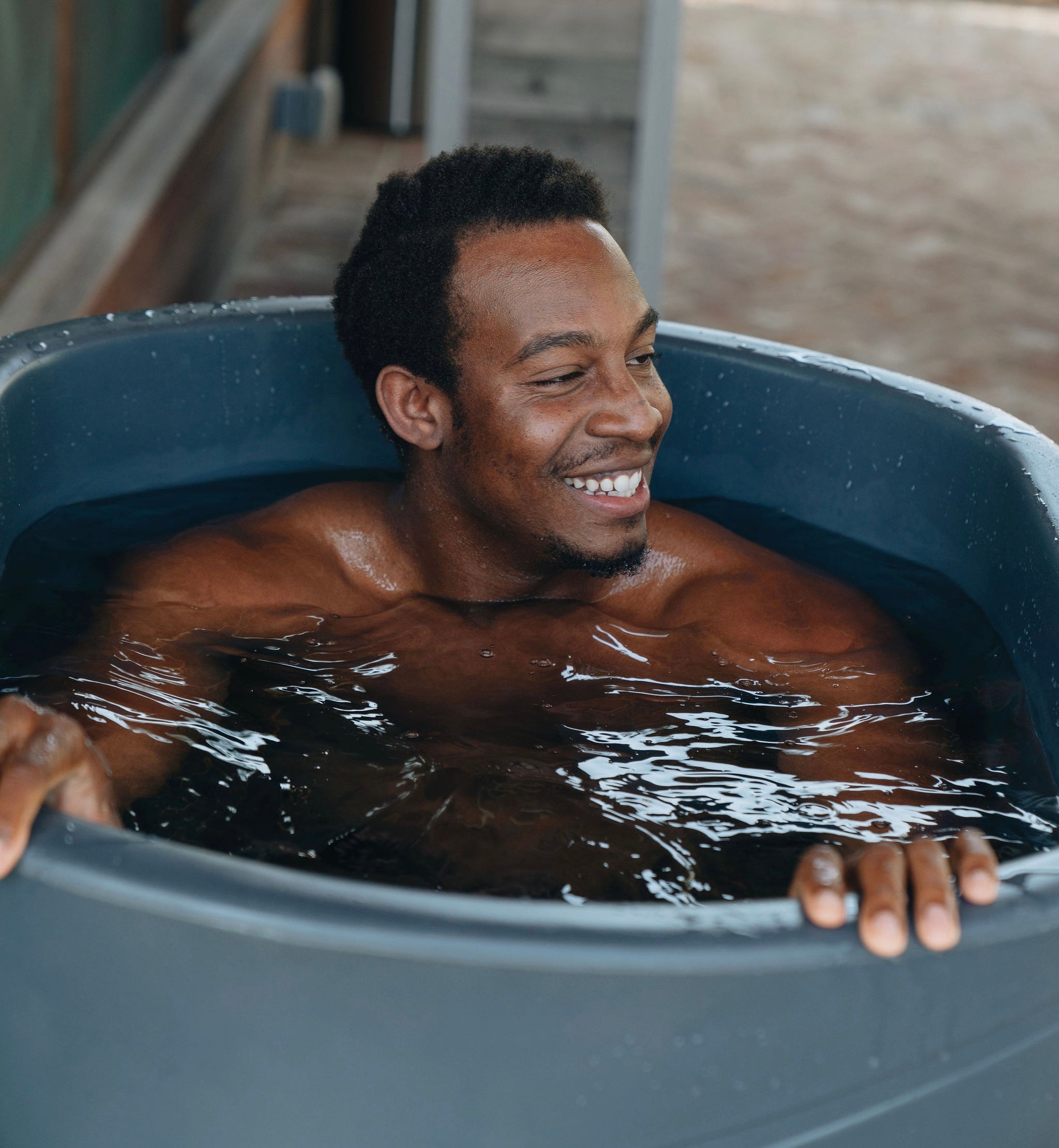
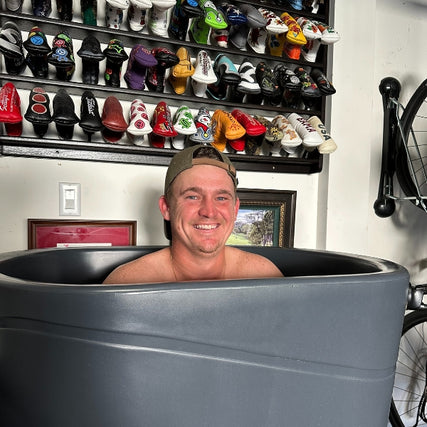
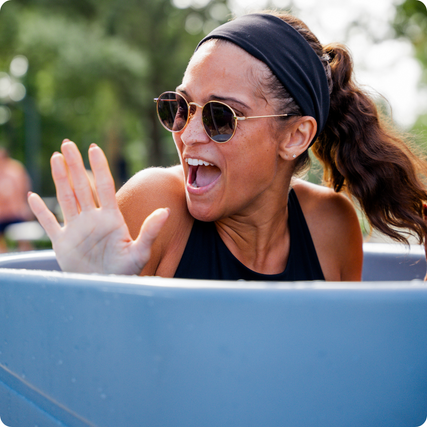
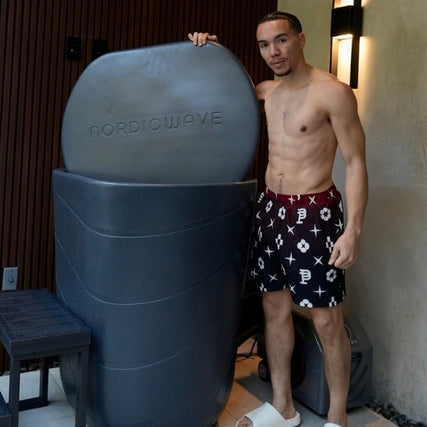
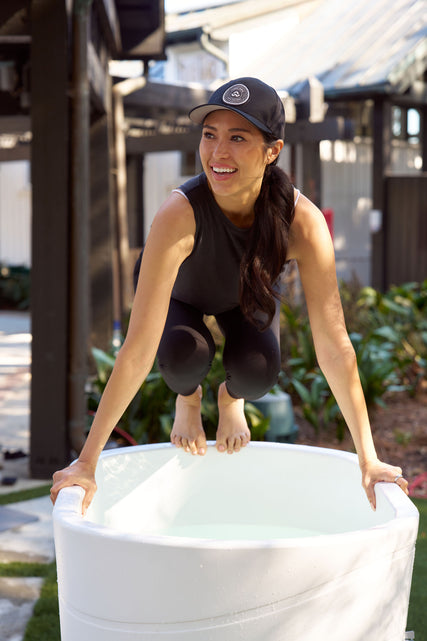
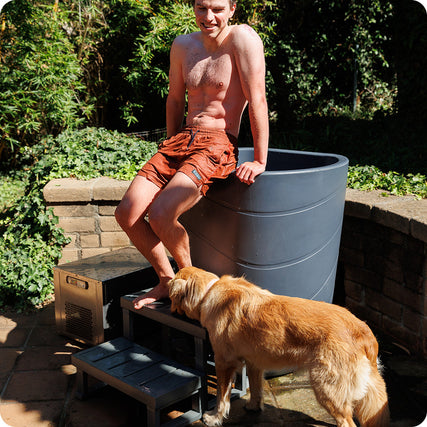
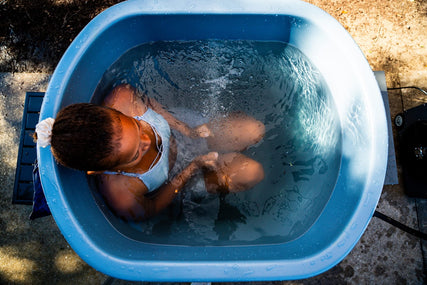
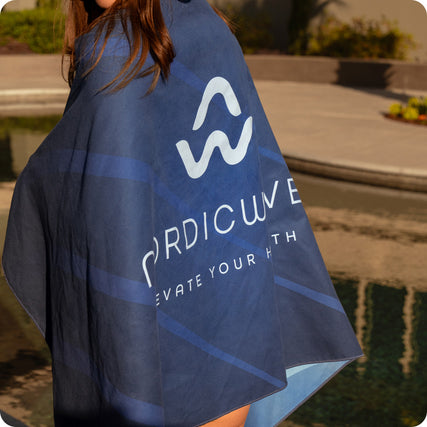
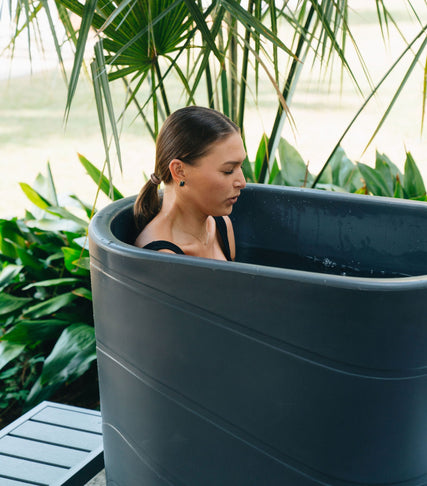

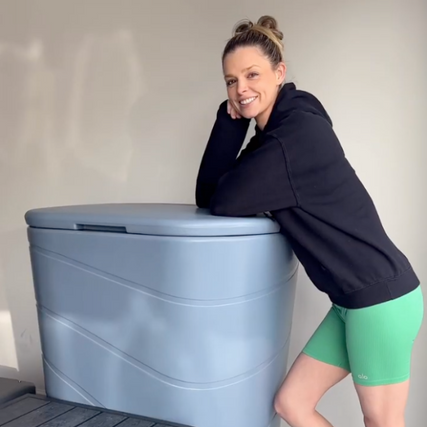
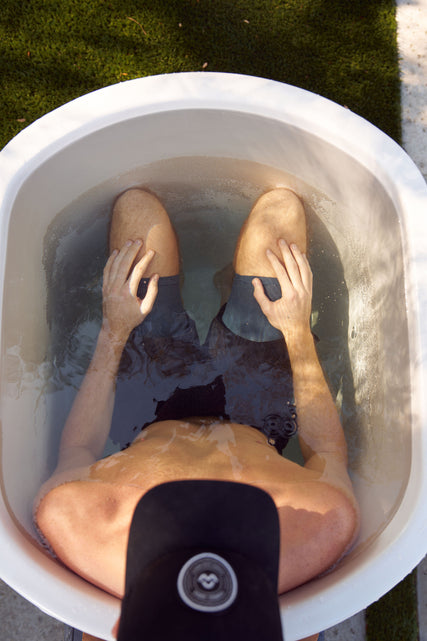
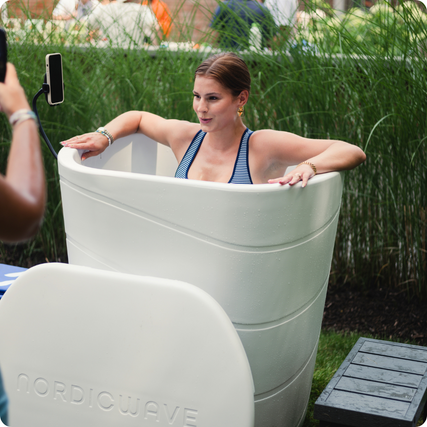
Share:
What are the benefits of cold plunging?
Dynamic Duo: The Importance of Breathwork When Taking a Cold Plunge
1 comment
Great blog post. Wow, I didn’t know that Ancient Greek, Roman, and Indian civilizations did the ice bath!